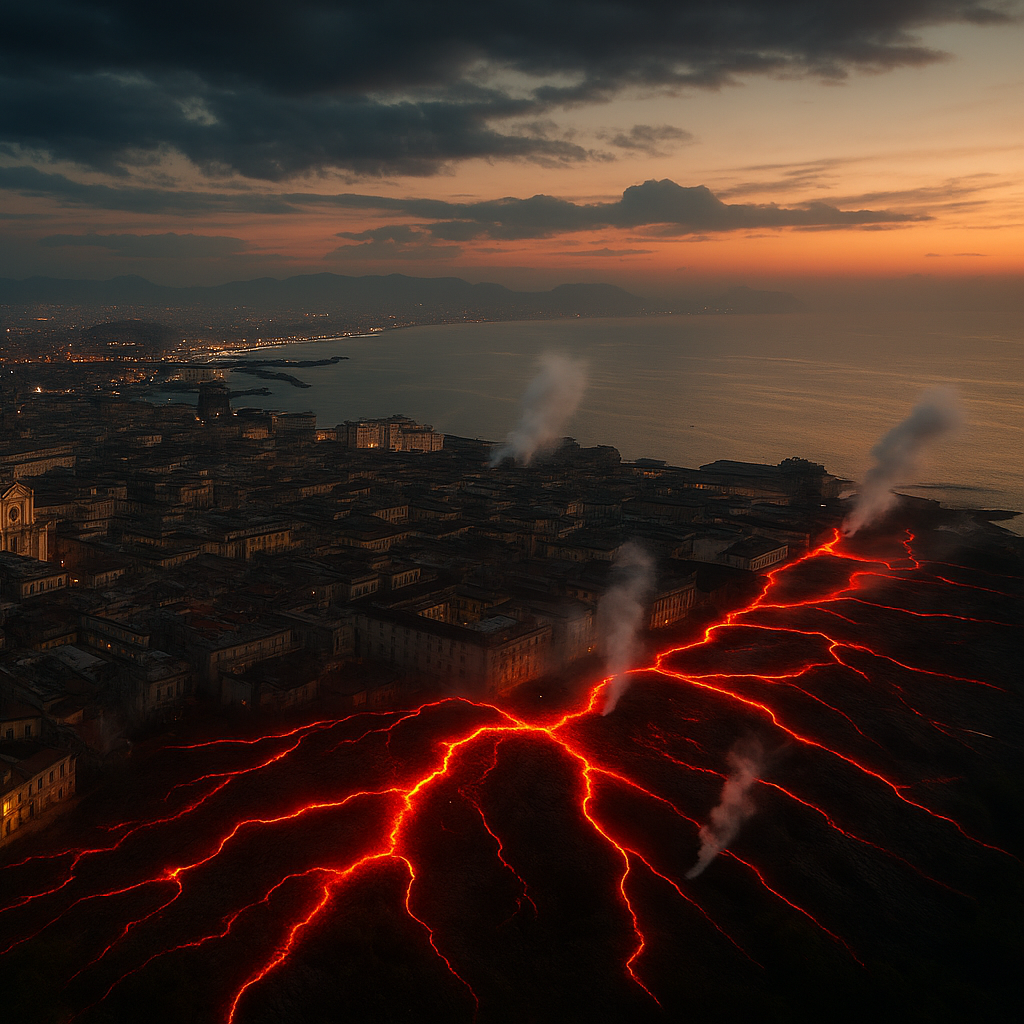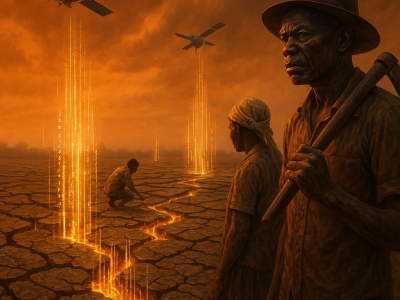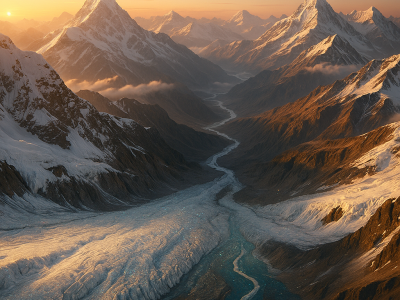On a quiet afternoon in Pozzuoli, a coastal town west of Naples, the ground trembled. Windows rattled, dogs barked, and residents exchanged worried glances. It wasn’t the first time. Over the last year, more than 3,000 minor earthquakes have shaken the region, culminating in a magnitude 4.4 quake in May 2025—the strongest in four decades. The source of the unrest lies beneath: Campi Flegrei, a massive and ancient supervolcano whose name means ‘burning fields.’ Scientists now warn that the volcano may be entering a critical phase. But for the first time, research offers not just insight, but a glimmer of control.
The ground that breathes
Campi Flegrei isn’t just another volcano—it’s one of the largest calderas in the world, formed by cataclysmic eruptions nearly 39,000 and 15,000 years ago. Its last eruption, in 1538, was modest by comparison, but history suggests a more violent potential lies within.
The land here doesn’t just sit still. It rises and falls in a phenomenon called bradyseism, which is driven by the accumulation of magma, water, and gas below the surface. In Pozzuoli alone, the ground has lifted by over 1.4 metres in recent years. Residents describe the landscape as ‘breathing’—a slow, unsettling motion that has cracked roads, damaged buildings, and forced evacuations in the past.
A new explanation rises
For decades, geologists believed that magma movement was the primary force behind Campi Flegrei’s ground deformation and quakes. But a groundbreaking study published in Science Advances on 2 May 2025 offers a radical new theory.
Led by Associate Professor Tiziana Vanorio of Stanford University’s Doerr School of Sustainability, the research team—including Davide Geremia, Grazia De Landro of the University of Naples Federico II, and postdoctoral scholar Tianyang Guo—used seismic tomography, subsurface imaging, and laboratory simulations to trace the root cause of the unrest. Their surprising conclusion: the pressure doesn’t come from magma alone. It’s the trapped groundwater and steam beneath the caldera that’s driving earthquakes.
The moka pot model
In Vanorio’s Rock Physics and Geomaterials Lab, the team recreated the volcanic environment using an experimental device resembling a moka coffee pot. The lower chamber held brine, the upper chamber volcanic ash and porous rocks. Heated to the same temperatures as the geothermal reservoir, the system sealed itself with newly grown mineral fibres—just as Campi Flegrei’s caprock does in nature.
The researchers discovered that as water seeped in from above and became trapped beneath this fibrous ‘lid,’ pressure built up until the rock fractured. This fracture released explosive bursts of steam and caused seismic tremors. The pattern was remarkably similar to what’s been recorded in Campi Flegrei since the 1980s.
Why gas matters
Additional evidence comes from the volcano’s emissions. Carbon dioxide output has surged to 4,000–5,000 tonnes per day, a clear sign that underground pressure is increasing. According to a separate study led by Gianmarco Buono, a PhD student at the University of Naples, about 80% of the gas released from the Solfatara crater is magmatic in origin—coming directly from molten rock.
However, distinguishing between gas from magma and gas from water-rock interaction is essential. Christopher R. J. Kilburn of Italy’s National Institute of Geophysics and Volcanology (INGV) warns that misinterpreting these signals could lead to dangerous delays in response. Together with land uplift and frequent tremors, these emissions form a trifecta of eruption indicators.
A climate-changing threat
Campi Flegrei isn’t just a local hazard. Its past eruptions have left layers of ash across Europe and may have altered the global climate. If it erupts again on a similar scale, the impact could be catastrophic—destroying homes, crippling infrastructure, grounding flights, and cooling the planet by blocking sunlight. The effects would ripple far beyond Italy.
Over four million people live in the greater Naples area, many within direct reach of pyroclastic flows. Evacuation plans exist but remain logistically daunting. As officials raise the volcano’s alert level to yellow, communities are left with uncertainty and fear.
Towards prevention, not prediction
Here’s where the new model becomes revolutionary. If earthquakes are triggered by water pressure rather than magma, then theoretically, they can be prevented—or at least mitigated. By managing surface runoff, redirecting stormwater, and reducing groundwater through controlled well extractions, the system could be depressurised.
‘We can’t act on the magma, but we do have the power to manage the water,’ Vanorio said. Her vision is a proactive one: just as public health focuses on prevention, Earth sciences should focus on managing risk before disaster unfolds.
Can science stop a supervolcano?
There is no guarantee that intervention will halt an eruption. But the idea of controlling a supervolcano—not through brute force, but by understanding and influencing its internal systems—marks a profound shift in volcanology.
The collaborative work between Stanford and Italian researchers has opened a new frontier. As climate change alters rainfall patterns and increases groundwater recharge, these lessons may prove vital not just for Campi Flegrei, but for other restless calderas worldwide.
A final reflection
In a world where natural disasters often feel inevitable, the story of Campi Flegrei is one of cautious optimism. We’re no longer just observers of Earth’s fury—we’re becoming stewards of its stability. But will we act in time?
As science edges closer to understanding Earth’s hidden mechanics, one question lingers: Can we tame a supervolcano before it reminds us who truly rules the ground beneath our feet?







